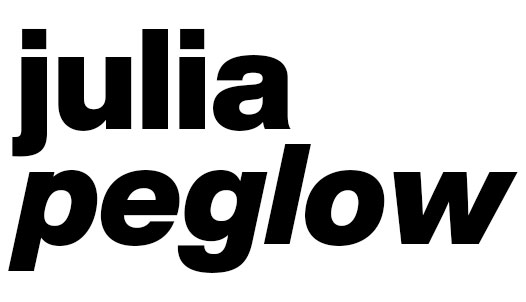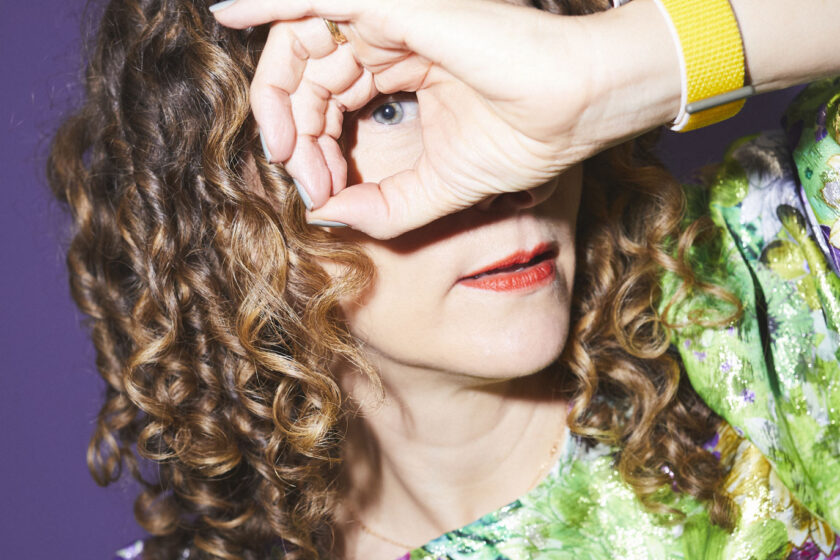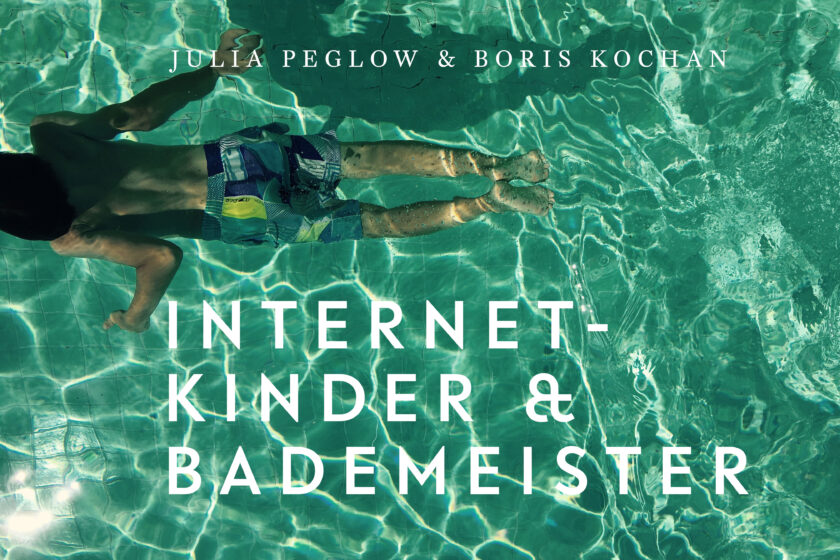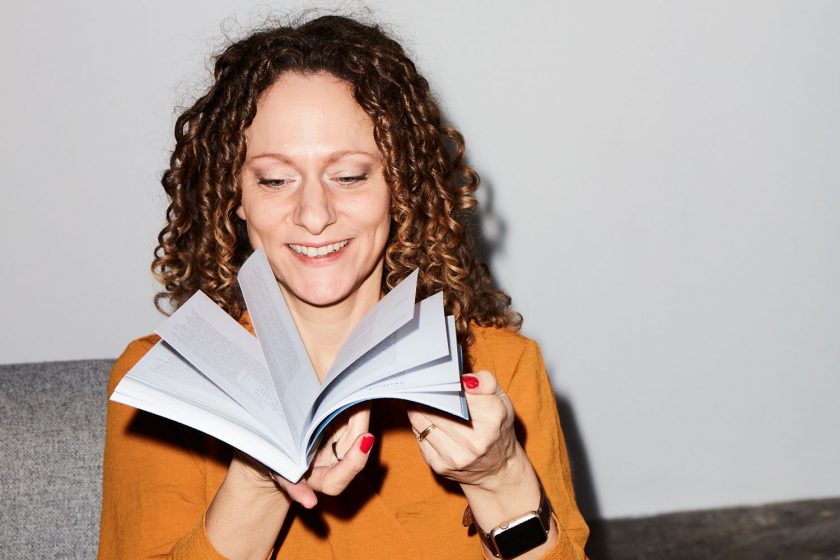This book caught my eye at a little design book shop at the airport. I liked the touch of its softcover, with this odd lightness only American or English books have (maybe it’s the paper?). Roughly flipping through sealed my decision to buy it: Solely black and white printing in the inside, many beautiful images and quotes in big letters promised an inspiring and catchy reading experience about what characterises the way an artist thinks. It’s written by Will Gompertz, BBC’s long-time Arts Editor. In ten chapters he examines the way artists think, illustrating his thesis with tons of examples of artists, their work and their thinking, embracing Andy Warhol, Theaster Gates, Marina Abramovic, Gilbert & George, Rembrandt, Ai Weiwei and Marcel Duchamps, just to name a few.
I personally can’t get enough of books that open your eyes to how restrictive our own thinking is, simply because of how we are educated and brought up: Our inability to allow for mistakes, our tendency to judge things only by the outcome and to never really talk about and value the process of how we got there, our way of sorting things in one-dimensional boxes. This is how our society works. This is how companies work – just any human enterprise really. So in times of change, like ours, it’s good to get a change in perspective and look at how artists think. Particularly because, as stated on page one of the introduction, “We are all artists”.
How do artists think?
Elemental to an artist’s life are: finding their story, finding their voice, finding their means of expressing it AND finding the confidence to do so. There is no ’right’ or ’wrong’ way, it’s just trial and error: “When it comes to creativity, failure is as inevitable as it is unavoidable”, Will states. Even with hundreds and thousands of opportunities to fail, “the crucial thing is to keep going”. One of the stories he uses to illustrate this point is Bridget Riley, a pioneer of the Op-art movement in the 1960s, who travelled a long and hard path to find a direction and her artistic voice. He concludes this chapter with a quote I like because it says so much about all-transcending, organic, holistic creative processes and work: “For those people pursuing a creative goal, life should be treated as a lab. Everything you do feeds into everything you do”.
A story I particularly like is the one about painter Peter Doig, which the author uses to illustrate the chapter “Artists have a point of view”. It’s a story about leaving your home country before you are actually able to see things and finding out what’s been haunting you all the while. In the case of Peter, he’s had something to run with upon realising what had been driving him were memories: “No sentimental recollections, but the very notion of memories: what they are, the part they play, and the habit they have of evolving into a collage of experiences.” Doig said he “went from feeling I didn’t have ideas, to feeling like I had a lot of ideas.” Will states: “Once the creative block is lifted and we discover what we want to say and express, a lot of what we took for granted – the mundane aspects of everyday life – becomes potential source of creative stimulation.”
Another aspect Will illuminates revolves around the fact that artists themselves are their own worst critics. Every piece of art you look at, really, is telling you a story about the long, tormented road to getting there. “The most terrible obstacles are such as nobody can see except oneself”, Will states, quoting George Eliot. Furthermore Will writes about the artist’s ability of seeing the big picture and small details at the same time: “It requires your mind to constantly go back and forth, one moment concerned with the minutiae, the next stepping away and seeing the broader context.” And this is something that itself contributes to a big picture itself: “Creativity, like society, thrives when the individual elements fit within a bigger picture.”
The artist as entrepreneur
Another thought I liked in the book expands on the notion of art and artists’ field of activity to a far more holistic one, as covered in the chapter “Artists are enterprising”. It strikes me that the way we see the world is very much divided into separate boxes of professions and perspectives. There’s business, and there’s the arts. But why do they have to be separate at all? Will tells us about the story and work of the American artist Theaster Gates, part sculptor, part cultural entrepreneur, part social activist, who uses his position to improve his neighbourhood. His venture of creating and improving a whole district started humbly, when he bought a single-story house in the dodgy and worn-down area where he grew up in Chicago’s South Side. Over the course of the following years, he added more houses and transformed them into part open cultural centres, part living art archives, filled with odd discarded items. The bankrupt stock of Dr Wax Records, old copies of Ebony magazine, thousands of books from a defunct bookshop, and tens of thousands of glass slides from the History of Art Department at University of Chicago. The project today is known as The Dorchester Projects. “Theaster describes his method of rebuilding as a ‚gut-rehab’, whereby he reactivates neglected properties using the money he has received from selling their derelict interiors to rich fine art collectors”, Will explains. The business model is part of Theaster’s art just as much as the art is part of the business model. He thinks “an artist’s power isn’t the ability to monetize the moment, the real power artists have is the capacity to change the world. There’s all these people in the world doing horrible acts of destruction – there’s got to be someone countering these acts of destruction with acts of creation.”




